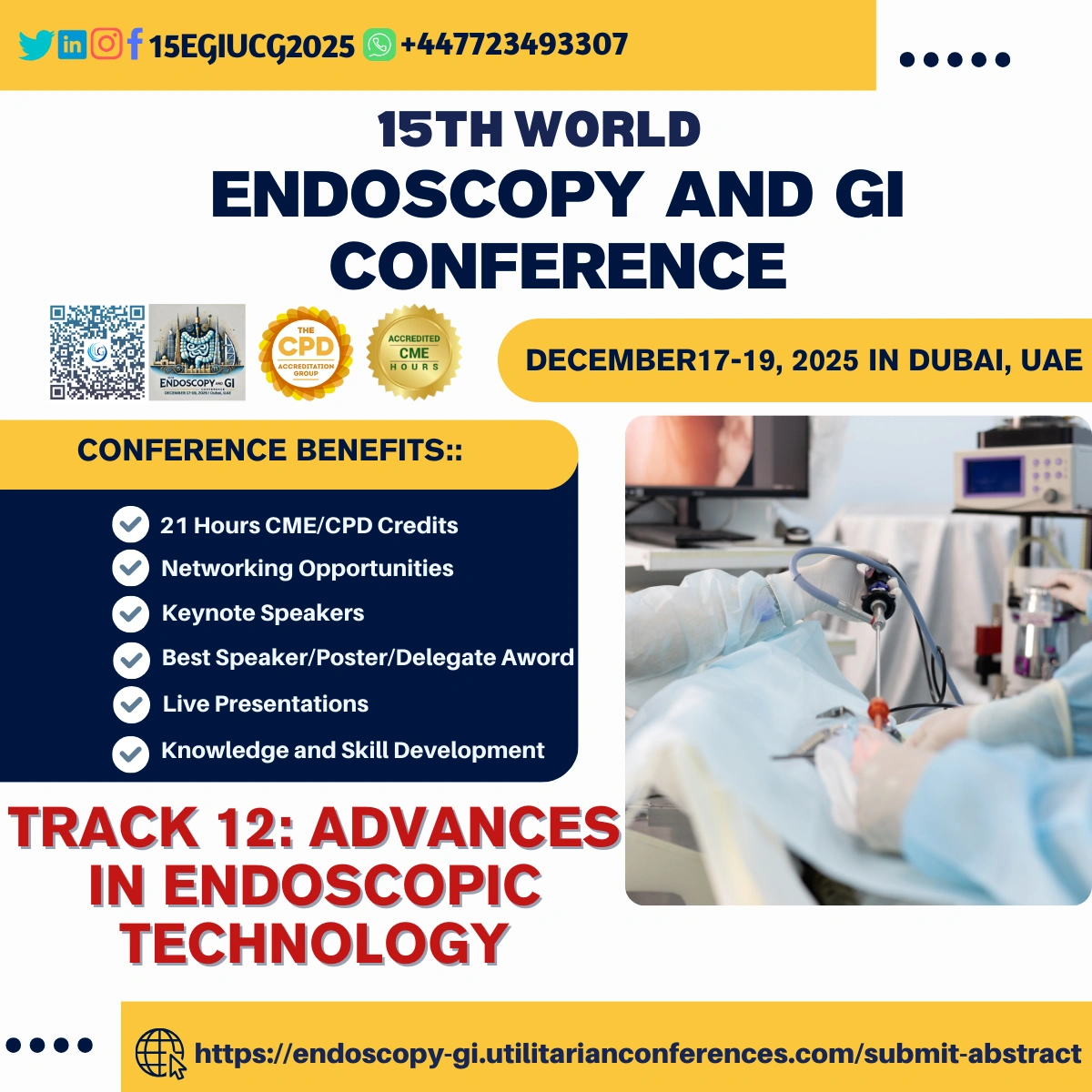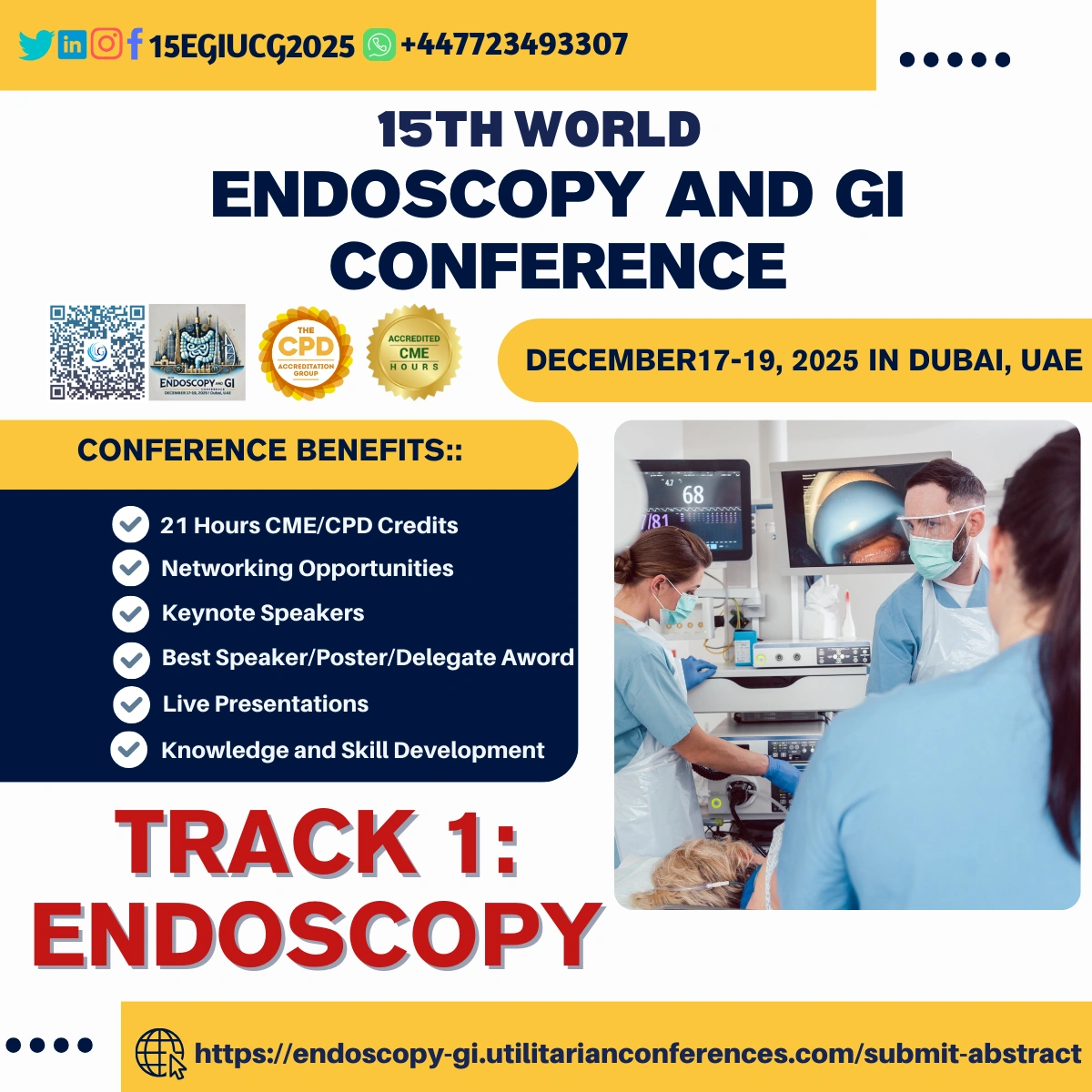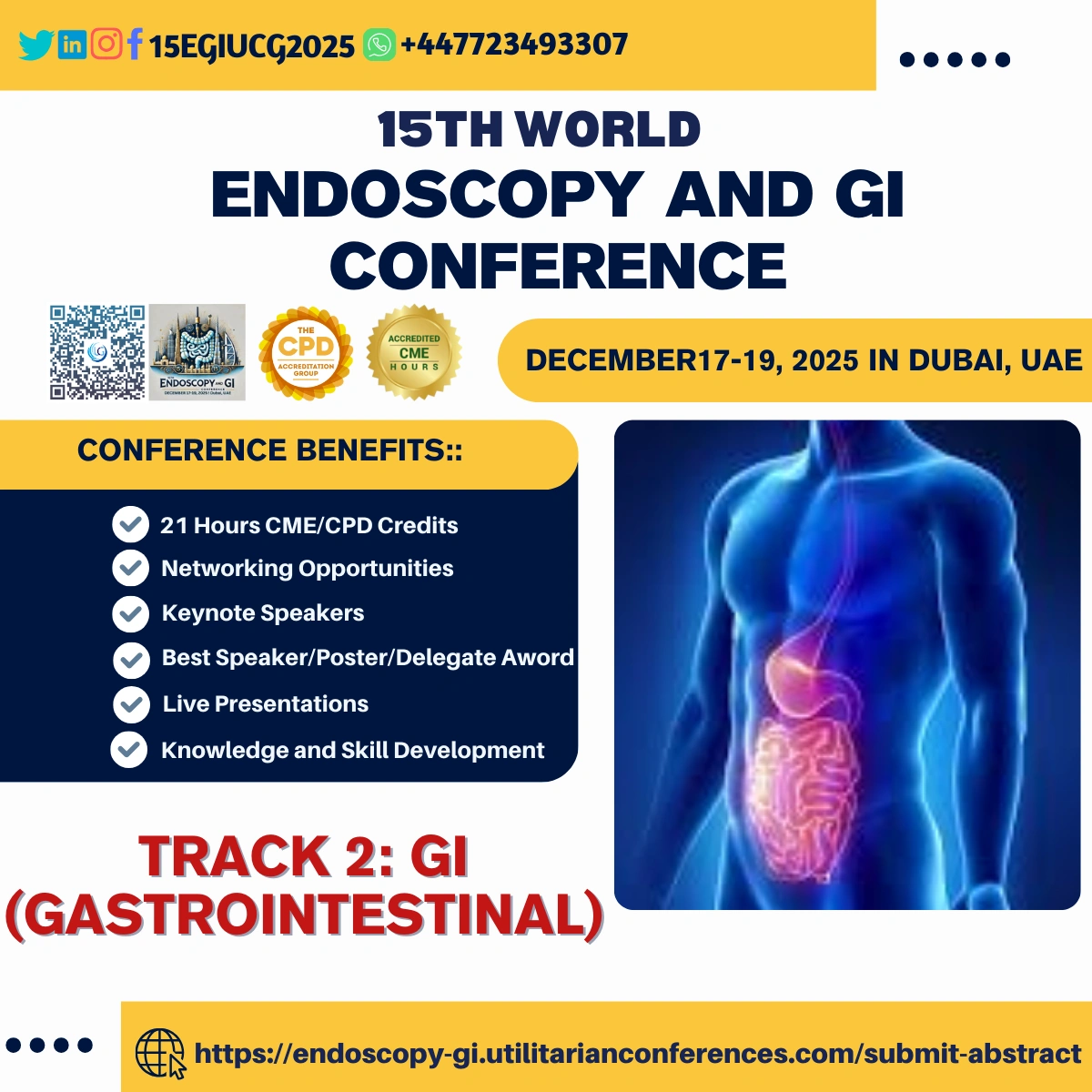Advances in Endoscopic Technology refer to the continuous innovations in the design, functionality, and capabilities of endoscopic devices, which have revolutionized the field of medical diagnostics and treatment. These advancements enhance the precision, efficiency, safety, and patient experience during endoscopic procedures. Below are key areas in which endoscopic technology has evolved:
1. High-Definition Imaging and Visualization
- HD Endoscopes: High-definition (HD) endoscopes offer superior image resolution compared to traditional systems, allowing for clearer visualization of tissues and abnormalities in the gastrointestinal (GI) tract, respiratory system, and other body cavities.
- Narrow Band Imaging (NBI): NBI enhances the visualization of superficial mucosal structures and blood vessels by using specific light wavelengths. This is particularly useful in detecting early cancers, polyps, and pre-cancerous lesions in the GI tract.
- White Light vs. Advanced Imaging Techniques: Advances include techniques such as chromoendoscopy, autofluorescence imaging (AFI), and confocal laser endomicroscopy, which allow for better detection of abnormal tissue, especially in high-risk areas for cancer.
2. Miniaturization of Endoscopes
- Smaller Diameter Instruments: Modern endoscopes are becoming smaller and more flexible, which allows for less invasive procedures and a more comfortable experience for patients, especially for those undergoing pediatric or bariatric procedures.
- Capsule Endoscopy: A significant advancement in non-invasive endoscopy is capsule endoscopy, where a small, pill-sized camera is swallowed by the patient. It takes images of the digestive tract, particularly the small intestine, and transmits them to a recording device. This is ideal for diagnosing conditions like Crohn's disease, obscure bleeding, and small bowel tumors.
- Robotic-Assisted Endoscopy: Robotic systems have made endoscopic procedures more precise, particularly in complex or minimally invasive surgeries. Robotic-assisted surgery allows for better control and precision, reducing human error and improving patient outcomes.
3. Artificial Intelligence (AI) and Machine Learning
- AI in Image Interpretation: AI algorithms are increasingly being integrated into endoscopic systems to assist with real-time image analysis, such as identifying polyps, lesions, or tumors that might be overlooked by the human eye. AI can help in automated detection and classification, improving diagnostic accuracy and efficiency.
- Deep Learning Algorithms: These algorithms are trained to detect patterns in large datasets of endoscopic images, which can lead to improved detection rates of early cancers, bleeding sites, and other abnormalities.
- AI-assisted Biopsy Guidance: AI can guide clinicians in targeting the most suspicious areas for biopsy or treatment, reducing the need for excessive tissue sampling and ensuring more accurate diagnoses.
4. Endoscopic Ultrasound (EUS) Enhancements
- High-Frequency EUS: EUS has evolved with the addition of higher frequency ultrasound probes, which allow for better visualization of the pancreas, bile ducts, and surrounding tissues.
- Contrast-Enhanced EUS: By injecting contrast agents during the EUS procedure, clinicians can visualize blood flow and better differentiate between benign and malignant lesions.
- EUS-Guided Therapies: Technological advances in EUS now allow for various therapeutic procedures, such as drainage of pancreatic pseudocysts, fine-needle aspiration (FNA) or biopsy, and celiac plexus neurolysis for pain relief in cancer patients.
5. Flexible Endoscopic Techniques
- Therapeutic Endoscopy: In addition to diagnostic purposes, modern endoscopes allow for a wide range of therapeutic interventions, such as polypectomy, stent placement, hemostasis (stopping bleeding), and dilation of strictures.
- Endoscopic Submucosal Dissection (ESD) and Endoscopic Mucosal Resection (EMR): These advanced techniques allow for the removal of larger polyps or early cancers within the GI tract, with greater precision and a reduced risk of complications compared to traditional surgery.
- Tissue Ablation Technologies: Technologies like argon plasma coagulation (APC) and radiofrequency ablation (RFA) are being used to treat abnormal tissues, such as in Barrett’s esophagus, early cancers, and bleeding lesions.
6. Single-Operator Chol angioscopy (SOC) and Spyglass
- Spyglass Direct Visualization: Spyglass technology enables direct visualization of the bile ducts and pancreatic ducts in patients with biliary disease. It provides high-resolution images, aiding in the diagnosis and treatment of conditions like bile duct stones, strictures, and cancers.
- Single-Operator Chol angioscopy (SOC): SOC allows for the use of a single operator to visualize and treat biliary duct pathology, which was previously done with multiple specialists. This reduces procedure time and complexity.
7. 3D and Robotic-Assisted Endoscopy
- 3D Endoscopy: The introduction of 3D imaging in endoscopy provides enhanced depth perception and more accurate anatomical visualization. This technology is particularly useful in complex procedures, such as in sinus surgeries, thoracic surgeries, and gastrointestinal operations.
- Robotic Endoscopy Systems: Robotic-assisted endoscopic systems like the da Vinci Surgical System have been developed to improve precision, allow for more flexible movement during surgery, and minimize patient trauma during complex procedures.
8. Virtual Endoscopy
- Virtual Colonoscopy (CTC): This is a non-invasive imaging technique using CT scans to create detailed 3D images of the colon. Although not a substitute for traditional colonoscopy, virtual colonoscopy is used as a screening tool for colorectal cancer, particularly in patients who cannot undergo traditional colonoscopy.
- Magnetic Resonance Endoscopy: MR endoscopy, using MRI to capture high-resolution images of the GI tract, is a non-invasive technique that is still under development but holds promise in imaging the digestive system and evaluating motility disorders.
9. Advancements in Endoscopic Accessories and Instruments
- Laser and Electrosurgical Tools: Advances in laser technology and electrosurgery have enhanced the ability to remove tumors, cauterize bleeding vessels, and treat other conditions using endoscopic methods.
- Stents and Prostheses: Improvements in stent technology, including biodegradable stents and drug-eluting stents, have improved the management of obstructive diseases in the GI tract, esophagus, and biliary system.
- Robust Biopsy Tools: Modern biopsy forceps are designed to be more effective in collecting tissue samples, reducing the need for multiple attempts and improving diagnostic yield.
10. Patient Comfort and Safety Improvements
- Advanced Sedation Techniques: New methods for sedation, such as deeper levels of conscious sedation or newer anesthetic agents, have improved patient comfort during procedures. In some cases, sedation may be avoided entirely.
- Endoscope Cleaning and Infection Control: Newer, more effective sterilization techniques and antimicrobial coatings on endoscopes help minimize infection risks and ensure better hygiene practices, particularly in preventing cross-contamination in multi-use instruments.
Conclusion:
Advances in endoscopic technology have dramatically improved the scope and effectiveness of endoscopic procedures, from diagnostics to therapeutic interventions. The integration of high-resolution imaging, miniaturized devices, AI-assisted tools, and robotic systems has enhanced the precision, safety, and patient experience during endoscopic procedures. These advancements continue to expand the capabilities of endoscopy in diagnosing and treating a wide range of medical conditions, from cancers to gastrointestinal disorders, offering less invasive alternatives to traditional surgeries.
Sub Topic: Overview of the evolution of endoscopic technology over the years, High-Definition and Advanced Imaging Techniques, Miniaturization of Endoscopic Instruments, Artificial Intelligence (AI) in Endoscopy, Endoscopic Ultrasound (EUS) Innovations, Robotic and 3D Endoscopy, Overview of the evolution of endoscopic technology over the years, High-Definition and Advanced Imaging Techniques, Miniaturization of Endoscopic Instruments, Artificial Intelligence (AI) in Endoscopy, Endoscopic Ultrasound (EUS) Innovations, Robotic and 3D Endoscopy, AI-Assisted Surgery and Interventional Endoscopy, Patient Comfort and Safety in Modern Endoscopy, Challenges and Ethical Considerations in Advanced Endoscopy.





